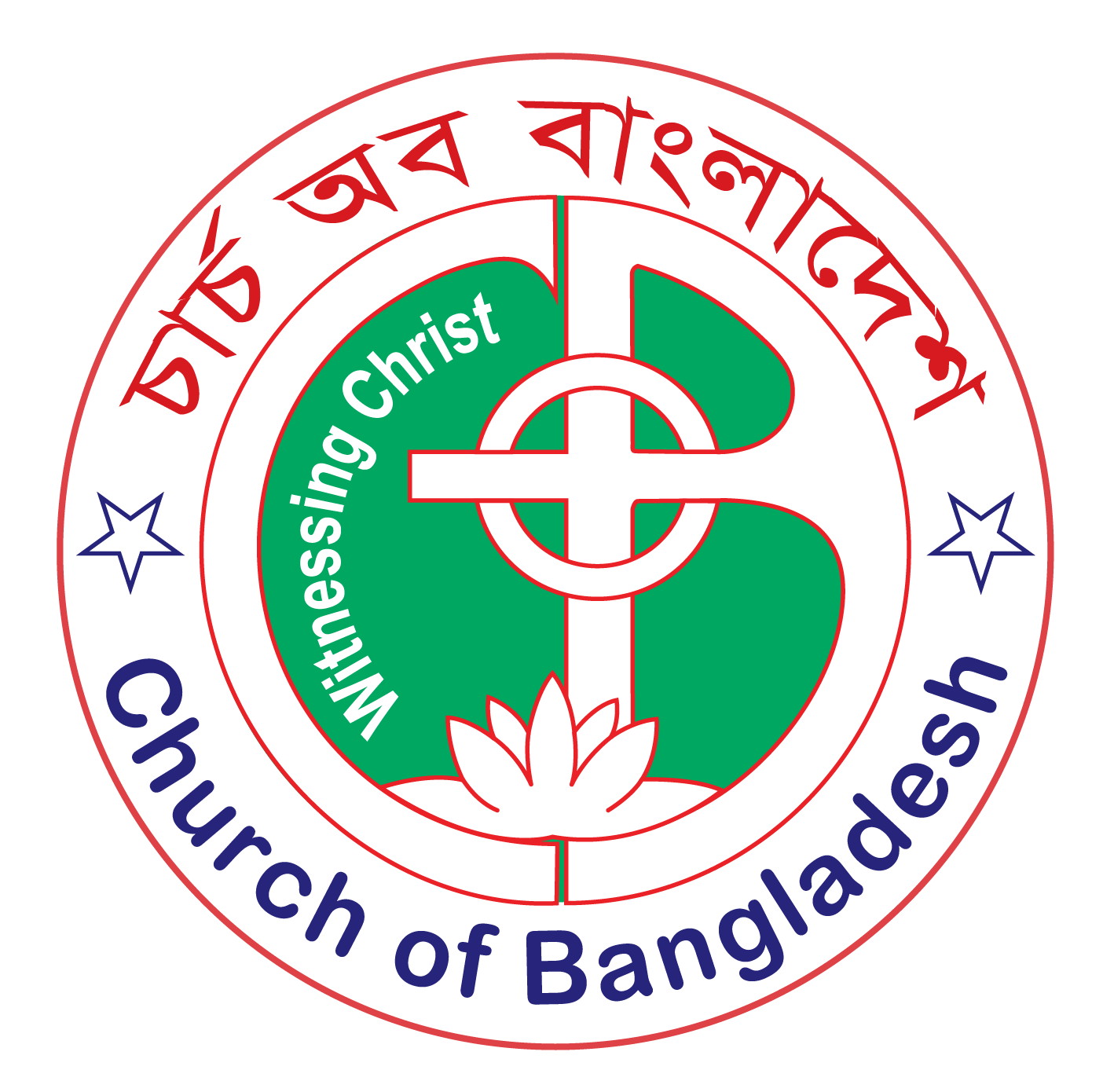Situated between Burma and India, with the Bay of Bengal in the South, is the small country of Bangladesh. Originally part of India, it gained independence from Britain in 1947, becoming East Pakistan. The seeds of independence were sown through the Language Movement of 1952 which led to the recognition of the independent state of Bangladesh in 1971 after a nine month War of Liberation, in which 3 million people courted martyrdom. On 16 December, 1971, Bangladesh achieved its sovereign independence, under the leadership of Bangabondhu Sheik Mujibur Rahman, after a bloody liberation war against the Pakistani Army from 26 March in the same year.



Population
Bangladesh is a low lying country with a total population of about 142 million with a distribution of 80% Bangladesh is a low lying country with a total population of about 142 million with a distribution of 80% rural dwellers with 20% living in urban areas. It is one of the most densely populated countries in the world, with nearly 3,000 persons per square mile. (about 1000 persons per square kilometre). It is 143,998 square kilometers (55,598 square miles) in size.
The major religions represented are –
Muslims 86.6%, Hindus 12.1%, Buddhists 0.6% and others 0.7%. The Christian community is a very small minority, comprising about 0.7% of the population, which is approximately a little over 700,000 people.
Language
The official and main language is Bangla, but there are many small tribal language groups. English is not widely known or used except in business or international dealings.
Economy
Bangladesh is mainly an agriculture based country as 64% of the total population is engaged in agriculture. Bangladesh is mainly an agricultural based country as 64% of the total population is engaged in agriculture. 32% of the G.D.P comes from this sector. There is a strong and growing pisciculture and garments industry. Oil and gas are the other resources that still need development. The economy has struggled as the large resource of people lack skills and are illiterate. The frequent natural calamities create a lot of pressure on the existing infrastructure and agricultural sector.
Seasons
We have six seasons in the Bengali calendar.
These are as follows:
The Summer, Rainy Season, Autumn (Sarat), Late Autumn (Hemonto), Winter and Spring.
To know more, please click here
